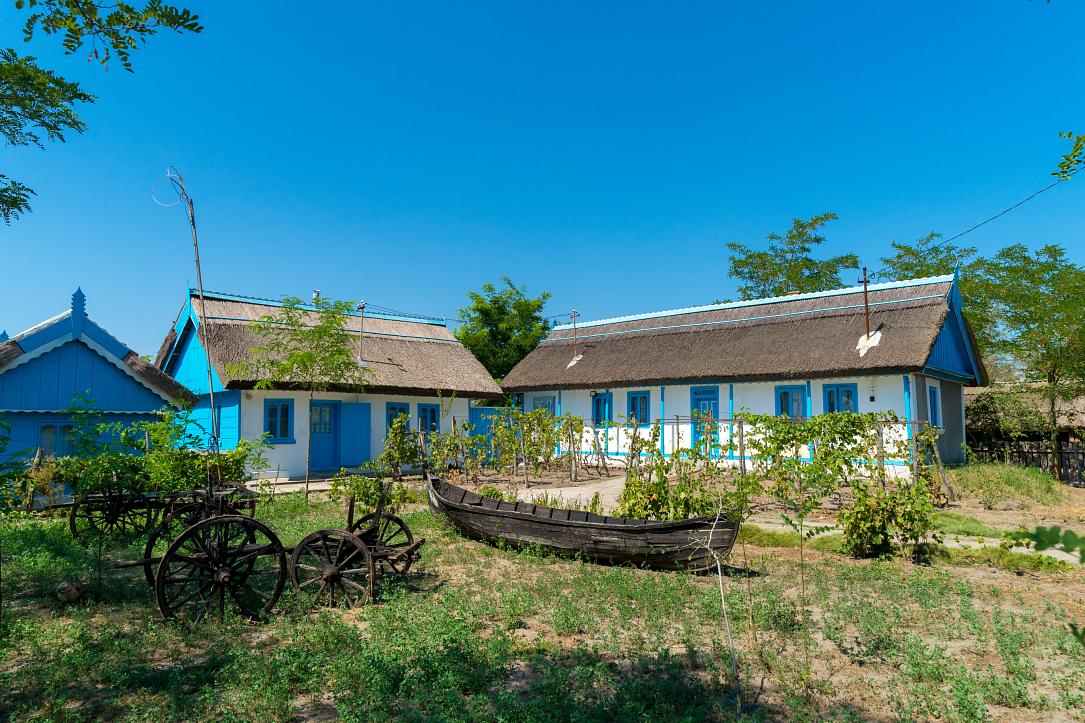Romania Photo of the Day by Dreamstime: The white and blue houses of the Danube Delta

The Romania Photo of the Day created in partnership with stock photo provider Dreamstime aims to highlight the best of Romania. From stunning landscapes and popular tourist destinations and landmarks to people, traditions, and food, this series helps you discover Romania one photo at a time. This week, we put the focus on the Danube Delta and Danube landscapes.
While the Danube Delta is home to many unusual and enticing creatures, some scaled, some hooved, some winged, it is also home to perhaps the strangest creatures of all: humans. Here, among the marshes and flooded forests, are a few isolated villages where a small number of inhabitants live out their day-to-day lives, generously opening their doors to visitors. (Photo source - click on the number to get to the original file: 109124263 © Calin Stan | Dreamstime.com)
They make a living in ways that are traditional to the area, and most of them are involved in fishing and agriculture. Their homes are a link to the past, and a reflection of a simple way of life, respectful of the natural world that surrounds them. Earth, stone, and reed are the three main elements these houses are made from.
The foundations of the houses are made from stone, the walls are made with adobe bricks, and the roof is made of wood and covered with braided reeds, according to casepractice.ro.
The houses generally have white and blue facades, sometimes decorated with floral and zootrophic elements referring to Slavic mythology, made from wooden cut-outs. The wooden fence that surrounds the household is also painted blue, and often colorful pots of flowers hang from the eaves.
The household is composed of the house itself and the annexes arranged either at the side of the house or towards the back of the yard, writes casepractice.ro. All these annexes - such as the summer kitchen, the cattle and sheep sheds, and the oven - have a well-defined functionality, with a close link to people’s daily occupations.
The house in today’s picture is located in the village of Letea, perhaps the most beautiful settlement in the Danube Delta. Situated between the canals, the village is part of the C.A.Rosetti commune, together with the villages of C.A. Rosetti, Cardon, Periprava, and Sfiștofca.
C.A.Rosetti was the first permanent settlement in the Danube Delta, originally known as Satul Nou (the New Village), and was largely created by political refugees from the Russian Empire during the time of Empress Catherine the Great, for fear of her repressive armies.
The inhabitants of the village are descendants of these and later refugees, and the spoken language is Ukrainian mixed with words of Russian, Romanian, Turkish, and Greek origin.
According to adevarul.ro, Letea is considered a living museum of deltaic traditions, so its fans, who created the Letea in UNESCO Association, are campaigning for the inclusion of its traditional houses and of the almost forgotten craft of reed-roof making in the UNESCO World Heritage.













